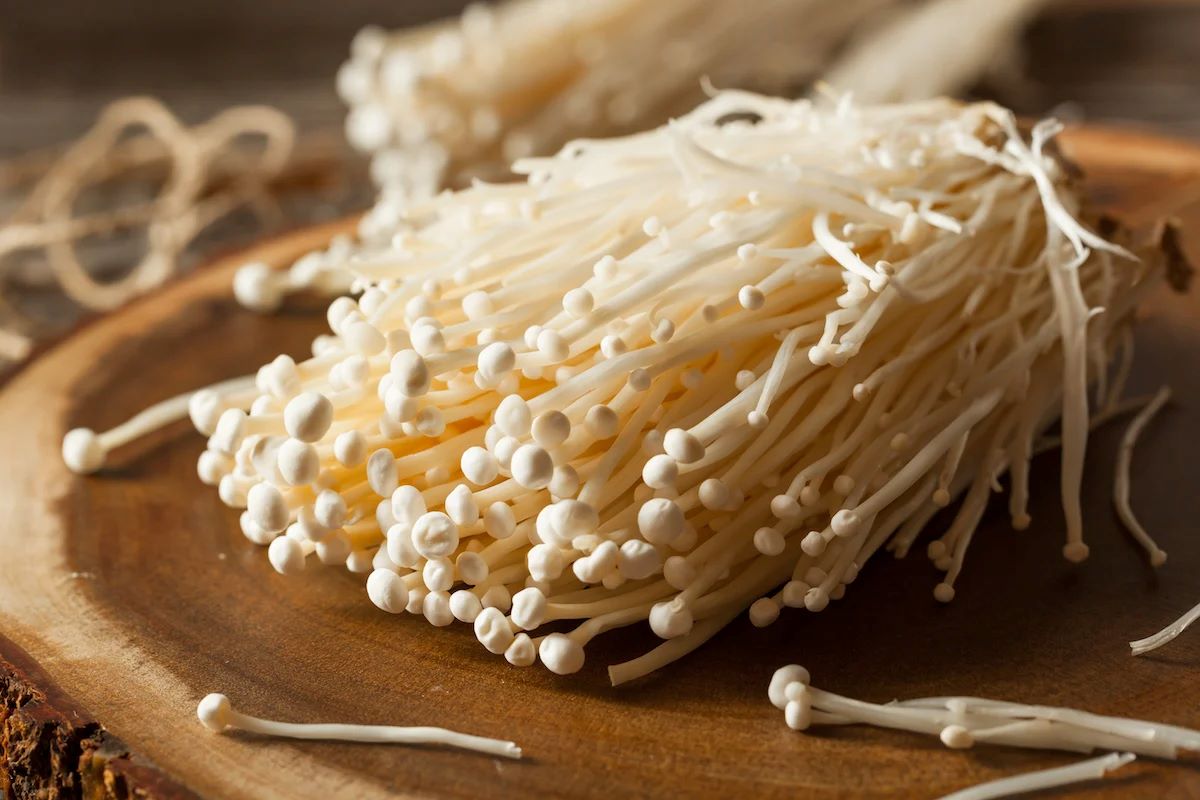

Articles
How To Store Enoki Mushrooms
Modified: August 16, 2024
Learn the best methods for storing enoki mushrooms in this informative article. Keep your mushrooms fresh for longer with these expert storage tips.
(Many of the links in this article redirect to a specific reviewed product. Your purchase of these products through affiliate links helps to generate commission for Storables.com, at no extra cost. Learn more)
Introduction
Enoki mushrooms, also known as golden needle mushrooms, are a delectable and popular ingredient in various Asian cuisines. With their delicate, long, and slender stems and mild flavor, they add a unique texture and taste to dishes like soups, stir-fries, and hot pots.
If you’re a fan of enoki mushrooms or you’ve recently discovered their culinary delights, you might be wondering how to extend their freshness and store them properly. In this article, we’ll guide you through the process of selecting, cleaning, and storing enoki mushrooms, so you can enjoy their freshness and flavor for as long as possible.
Whether you purchased enoki mushrooms from a grocery store or harvested them yourself, it’s important to handle them with care to maintain their quality. By following the right storage techniques, you can keep enoki mushrooms fresh and ready to be used in your favorite recipes.
So, let’s dive in and learn how to store enoki mushrooms effectively!
Key Takeaways:
- Properly storing enoki mushrooms is essential to maintain their freshness and quality. Whether refrigerating, freezing, or dehydrating, handling them with care and avoiding moisture is key to preserving their delightful taste and texture.
- Selecting fresh enoki mushrooms, trimming their roots, and using breathable containers are crucial steps in prolonging their shelf life. By following these tips, you can maximize the enjoyment of these delicate and flavorful mushrooms in your culinary creations.
Read more: How To Store Morel Mushrooms
Understanding Enoki Mushrooms
Before diving into the storage process, let’s take a moment to understand enoki mushrooms and their unique characteristics. Enoki mushrooms belong to the species Flammulina velutipes and are native to East Asia. They are cultivated commercially and have gained popularity worldwide due to their delicate taste and crunchy texture.
Enoki mushrooms are easily recognizable by their long, thin, and white stems topped with small, creamy caps. The stems are the most desirable part of the mushroom – they have a crisp texture and a slightly sweet flavor, while the caps are milder in taste.
Enoki mushrooms have a variety of health benefits. They are low in calories and fat, making them a nutritious addition to your meals. They are also rich in essential vitamins and minerals, such as vitamin B, potassium, and selenium, which contribute to overall well-being.
When selecting enoki mushrooms, look for fresh specimens with firm stems and a bright white color. Avoid mushrooms with slimy or discolored stems, as they are signs of spoilage. Fresh enoki mushrooms should have a pleasantly earthy aroma, free from any foul odors.
Now that you have a better understanding of enoki mushrooms, let’s move on to the next step – selecting the best mushrooms for your culinary endeavors.
Selecting Enoki Mushrooms
When it comes to selecting enoki mushrooms, freshness is key. Follow these tips to ensure you choose the best quality mushrooms for your meals:
- Appearance: Look for enoki mushrooms with long, firm, and slender stems. The caps should be small, tightly closed, and free from discoloration or blemishes.
- Color: Fresh enoki mushrooms have a vibrant white color. Avoid mushrooms that have a yellow or brown tint, as it indicates they are aging or spoiling.
- Firmness: Gently squeeze the mushrooms to assess their firmness. They should feel firm and springy, without any mushiness or sliminess.
- Aroma: Take a whiff of the mushrooms. They should have a mild, earthy aroma. Avoid any mushrooms with a foul or sharp odor, as it indicates decay.
- Packaging: Check the packaging for any signs of moisture or condensation. Moisture promotes spoilage, so it’s best to choose mushrooms that are dry and well-packaged.
- Source: If possible, purchase enoki mushrooms from a trusted and reputable source. This ensures that the mushrooms have been properly handled and stored before reaching you.
Remember, the quality of your enoki mushrooms will greatly influence the taste and texture of your dishes. By choosing fresh and high-quality mushrooms, you’re setting yourself up for a flavorful culinary experience.
Cleaning Enoki Mushrooms
Properly cleaning enoki mushrooms is essential to remove any dirt, debris, or unwanted particles that may be clinging to them. Follow these simple steps to ensure your mushrooms are clean and ready to be used:
- Trim the roots: Start by trimming off the root ends of the enoki mushrooms. Use a sharp knife to cut off the tough and woody part of the stems, leaving behind only the tender portion. This step helps promote even cooking and enhances the mushroom’s appearance.
- Rinse briefly: Fill a large bowl with cold water and gently place the trimmed enoki mushrooms into the bowl. Swirl them around lightly to loosen any dirt or debris. Avoid vigorous scrubbing or soaking for too long, as enoki mushrooms are delicate and can easily become waterlogged.
- Inspect and remove impurities: Carefully examine the mushrooms and remove any visible impurities with your fingers or a small brush. This may include small pieces of dirt, twigs, or damaged portions of the mushrooms.
- Drain and pat dry: Transfer the cleaned mushrooms onto a colander or paper towels to allow excess water to drain off. Gently pat them dry with a paper towel to remove any remaining moisture. It’s important to remove as much moisture as possible to prevent the mushrooms from becoming slimy during storage.
After cleaning, your enoki mushrooms are now ready to be stored or used in your favorite recipes. Remember to handle them with care to preserve their texture and flavor.
Storing Enoki Mushrooms
To maintain the freshness and quality of enoki mushrooms, proper storage is crucial. Here are some methods for storing enoki mushrooms, whether you plan to refrigerate, freeze, or dehydrate them:
Read more: How To Store Mushroom Spawn
Refrigerator Storage
The refrigerator is an ideal place to store enoki mushrooms if you plan to use them within a few days. Follow these steps for optimal storage:
- Keep them in the packaging: If your enoki mushrooms came in a packaging, it’s best to leave them in their original packaging to maintain their moisture. If the packaging is damaged or doesn’t provide sufficient airflow, transfer the mushrooms to a breathable container or a plastic bag with air holes.
- Store in the vegetable drawer: Place the enoki mushrooms in the vegetable drawer of your refrigerator, which usually has slightly higher humidity levels compared to other parts of the fridge. This helps retain the moisture and freshness of the mushrooms.
- Avoid overcrowding: Make sure not to overcrowd the mushrooms in the storage container. Leave some space for air circulation, which will help prevent moisture buildup and extend their shelf life.
- Check and remove spoiled mushrooms: Periodically check the mushrooms for any signs of spoilage. If you notice any sliminess, mold, or unpleasant odor, remove the affected mushrooms immediately to prevent them from contaminating the others.
Freezing Enoki Mushrooms
If you want to prolong the shelf life of enoki mushrooms beyond a few days, freezing is a great option. Here’s how to freeze enoki mushrooms:
- Blanching: Start by blanching the enoki mushrooms. Bring a pot of water to a boil, then quickly immerse the mushrooms in boiling water for 1-2 minutes. Blanching helps retain their texture and color.
- Cool and drain: After blanching, transfer the mushrooms to a bowl of ice water to stop the cooking process. Drain them thoroughly and let them dry completely.
- Portion and package: Divide the mushrooms into small, freezer-safe containers or resealable bags in portion sizes that you would typically use. Remove as much air as possible from the packaging to prevent freezer burn.
- Label and freeze: Label the containers or bags with the date and place them in the freezer. Enoki mushrooms can be stored in the freezer for up to 3 months.
Dehydrating Enoki Mushrooms
Another method to store enoki mushrooms is to dehydrate them. Dehydrated enoki mushrooms can be used in soups, stews, or stir-fries. Here’s how to dehydrate them:
- Slice the mushrooms: Trim the enoki mushrooms and slice them into thin, uniform pieces. This allows for even drying.
- Preheat the dehydrator: Preheat your dehydrator to the recommended temperature for mushrooms, usually around 110°F (43°C).
- Arrange on the dehydrator trays: Spread the sliced mushrooms in a single layer on the dehydrator trays, ensuring there is enough space between the pieces for proper airflow.
- Dry until crisp: Let the mushrooms dehydrate for 6 to 8 hours, or until they are fully dried and crisp to the touch.
- Store in an airtight container: Once fully cooled, store the dehydrated enoki mushrooms in airtight containers away from moisture and light. They can be stored for several months.
Regardless of the storage method you choose, it’s important to note that the quality and texture of enoki mushrooms may change slightly after storage. Therefore, it’s best to use them as soon as possible for optimum taste and texture.
Refrigerator Storage
Refrigerating enoki mushrooms is a popular method to preserve their freshness and extend their shelf life. Follow these steps for proper refrigerator storage:
- Leave them in the packaging: If your enoki mushrooms came in a package, it is best to leave them in their original packaging. This helps to maintain their moisture level and prevent them from drying out. If the packaging is damaged or not suitable for refrigeration, transfer the mushrooms to a breathable container or a plastic bag with air holes.
- Select the right spot: Place the enoki mushrooms in the vegetable drawer of your refrigerator. The vegetable drawer usually has higher humidity levels, which helps to preserve the mushrooms’ freshness and texture.
- Avoid overcrowding: Make sure not to overcrowd the mushrooms in the storage container or drawer. Providing enough space allows for proper air circulation and prevents the mushrooms from becoming damp or slimy.
- Check for spoilage: Regularly inspect the enoki mushrooms for any signs of spoilage. If you notice any sliminess, discoloration, or an unpleasant odor, remove the affected mushrooms immediately to prevent them from spoiling the others.
It’s important to note that refrigerated enoki mushrooms have a relatively short shelf life. They can typically last for about 5 to 7 days in the refrigerator if stored properly. To ensure the best quality and flavor, it’s recommended to use them as soon as possible.
Refrigerator storage is a convenient option when you plan to use enoki mushrooms within a few days. If you don’t intend to cook with them immediately, other storage methods, such as freezing or dehydrating, may be more suitable for longer-term preservation.
Read more: How To Store Mushroom Spores
Freezing Enoki Mushrooms
If you have a surplus of enoki mushrooms or want to store them for longer periods, freezing is an excellent preservation method. Freezing enoki mushrooms is a straightforward process that helps maintain their flavor and texture. Here’s how to freeze enoki mushrooms:
- Blanching: Start by blanching the enoki mushrooms. Blanching helps to preserve their color, texture, and enzymes. Bring a pot of water to a boil and add the mushrooms. Let them boil for 1-2 minutes, then quickly transfer them to a bowl of ice water to stop the cooking process.
- Drain and dry: After blanching, drain the mushrooms completely and pat them dry using paper towels or a clean kitchen towel. This helps remove excess moisture and prevents ice crystals from forming during freezing.
- Portion and package: Divide the enoki mushrooms into portion-sized quantities that you would typically use in recipes. Place each portion into a freezer-safe bag or an airtight freezer container. Squeeze out as much air as possible to prevent freezer burn and seal the bags or containers tightly.
- Label and date: Label each bag or container with the current date. This makes it easier to keep track of the storage time and ensures you prioritize using the older mushrooms first.
- Freeze: Place the packaged enoki mushrooms in the freezer, ensuring they are stored in a flat position. This allows for more efficient freezing and saves space. Ideally, the freezer temperature should be set to 0°F (-18°C) or below to maintain the quality of the mushrooms.
Frozen enoki mushrooms can stay fresh for up to 3 months. When you’re ready to use them, there’s no need to thaw the mushrooms beforehand. You can directly add them to your recipes, as the cooking process will naturally thaw and cook the mushrooms. Keep in mind that the texture of frozen enoki mushrooms may be slightly softer than fresh ones, but they will still bring their delightful flavor to your dishes.
Freezing enoki mushrooms allows you to enjoy their goodness even when they are out of season. It’s a convenient method that gives you the flexibility to use enoki mushrooms at your own pace without worrying about spoilage.
Store enoki mushrooms in the refrigerator in a paper bag or wrapped in a paper towel to absorb excess moisture. They should be used within a few days for the best quality. Avoid storing them in airtight containers as they can become slimy.
Dehydrating Enoki Mushrooms
Dehydrating enoki mushrooms is an excellent way to preserve them for an extended period. The process removes moisture from the mushrooms, allowing them to be stored for months without spoiling. Here’s how to dehydrate enoki mushrooms:
- Prepare the mushrooms: Start by trimming the enoki mushrooms, removing the root ends. Gently separate the mushrooms into individual strands and ensure they are clean and free from any debris.
- Slice the mushrooms: Slice the enoki mushrooms into thin pieces, about 1/8 to 1/4 inch thick. A sharp knife works well for this, but you can also use a mandoline or a food processor with a slicing attachment.
- Spread on a dehydrator tray: Arrange the sliced mushrooms in a single layer on the dehydrator trays. Make sure there is enough space between the pieces for proper airflow and drying.
- Set the dehydrator temperature: Set the dehydrator to a temperature between 110°F (43°C) and 135°F (57°C). The exact temperature may vary depending on the model of your dehydrator. Consult the manufacturer’s instructions for the recommended temperature for drying mushrooms.
- Dehydrate until crisp: Allow the enoki mushrooms to dehydrate for approximately 4 to 6 hours. The drying time depends on various factors such as the thickness of the slices, humidity levels, and the dehydrator’s power. Check the mushrooms periodically to ensure they are fully dried and crisp to the touch.
- Cool and store: Once the mushrooms are thoroughly dried, remove them from the dehydrator and let them cool completely. Store the dehydrated enoki mushrooms in an airtight container or airtight bags. Ensure that there is no moisture present to prevent spoilage.
Dehydrated enoki mushrooms can be stored for several months in a cool, dry, and dark place. They are an excellent addition to soups, stews, stir-fries, and other dishes that require rehydration or longer cooking times. To rehydrate, simply soak the dried mushrooms in hot water for about 20-30 minutes until they become soft and pliable. Drain off any excess water before using them in your recipes.
Dehydrating enoki mushrooms is a great way to enjoy them throughout the year, even when they are out of season. The dried mushrooms retain their flavor and can be easily incorporated into various dishes, adding a delightful umami taste.
Tips for Prolonging Freshness
To make the most out of your enoki mushrooms and prolong their freshness, consider the following tips:
- Buy fresh: Choose fresh enoki mushrooms that are firm, with white, unblemished stems. This ensures that you start with the best quality mushrooms.
- Handle with care: Enoki mushrooms are delicate, so handle them gently to avoid bruising or damaging their stems. This helps to maintain their texture and appearance.
- Trim the roots: Before storage or cooking, trim the root ends of the enoki mushrooms. This promotes even cooking and removes any tough or woody parts.
- Store immediately: After purchasing or harvesting enoki mushrooms, store them as soon as possible to preserve their freshness. Delaying storage can lead to the mushrooms deteriorating more quickly.
- Avoid moisture: Moisture can promote spoilage, so it’s crucial to keep enoki mushrooms dry. Excess moisture can lead to sliminess or mold growth. Pat them dry after cleaning and avoid storing them in wet containers.
- Don’t wash until ready: It’s best to avoid washing enoki mushrooms until you’re ready to use them. Excess moisture can accelerate spoilage, so it’s better to clean them just before cooking.
- Use breathable containers: If you transfer enoki mushrooms to a different container for storage, opt for breathable containers or containers with air holes. This allows for proper air circulation and helps prevent moisture buildup.
- Avoid exposure to light: Enoki mushrooms should be stored in a dark place or opaque containers to reduce exposure to light. Light can lead to discoloration and degradation of the mushrooms.
- Regularly check for spoilage: Periodically inspect the enoki mushrooms for any signs of spoilage, such as sliminess, discoloration, or a foul odor. Remove any spoiled mushrooms promptly to prevent them from contaminating the others.
- Use them in a timely manner: Enoki mushrooms are best when used soon after purchase or harvest. While proper storage can extend their freshness, they are still a perishable ingredient, so try to use them within a few days for the best flavor and texture.
By following these tips, you can maximize the shelf life and quality of your enoki mushrooms, ensuring that you can enjoy their deliciousness in your favorite recipes.
Conclusion
Enoki mushrooms are a delightful ingredient that brings a unique flavor and texture to a variety of dishes. With their slender stems and mild taste, enoki mushrooms add a delicate and crunchy element to soups, stir-fries, and more.
To make the most of these delicious mushrooms, it’s important to understand how to properly store them. By following the tips outlined in this article, you can effectively extend the shelf life of your enoki mushrooms, ensuring their freshness and quality.
Whether you choose to refrigerate, freeze, or dehydrate enoki mushrooms, each method has its advantages and allows you to enjoy these mushrooms year-round. Refrigerator storage is suitable for short-term use, while freezing and dehydrating enable you to store enoki mushrooms for an extended period, preserving their flavors and textures.
Remember to handle enoki mushrooms gently, selecting the freshest ones, and trimming their roots before storage. Keep them dry and avoid exposure to moisture, as excess moisture can lead to spoilage. Regularly check for any signs of spoilage and promptly remove any mushrooms that are no longer fresh.
By following these storage methods and tips, you can prolong the shelf life of enoki mushrooms and enjoy their delightful taste and texture in your culinary creations. So go ahead, stock up on enoki mushrooms, and experiment with different recipes, knowing that you have the knowledge to keep them fresh and delicious for as long as possible.
Now that you have learned the ins and outs of storing enoki mushrooms, you can confidently add them to your shopping list and enjoy their unique and delightful flavors whenever you please!
Now that you've mastered storing enoki mushrooms, you might wonder about their shelf life when refrigerated. Our next article dives into effective strategies for maintaining the freshness of these delicate fungi, ensuring they remain tasty and safe for consumption. Don't miss out on this essential read if you're keen on keeping your edibles at their best.
Frequently Asked Questions about How To Store Enoki Mushrooms
Was this page helpful?
At Storables.com, we guarantee accurate and reliable information. Our content, validated by Expert Board Contributors, is crafted following stringent Editorial Policies. We're committed to providing you with well-researched, expert-backed insights for all your informational needs.
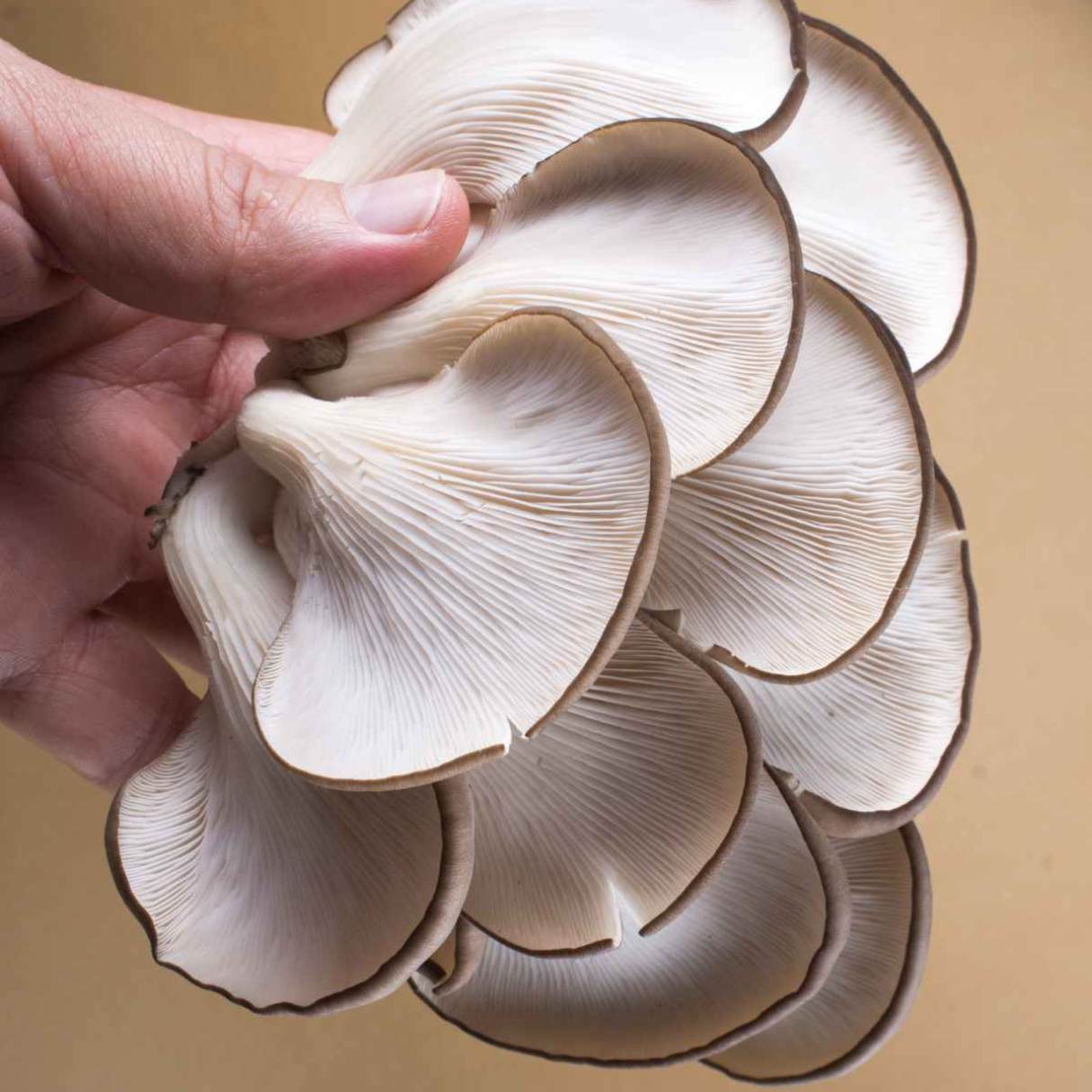
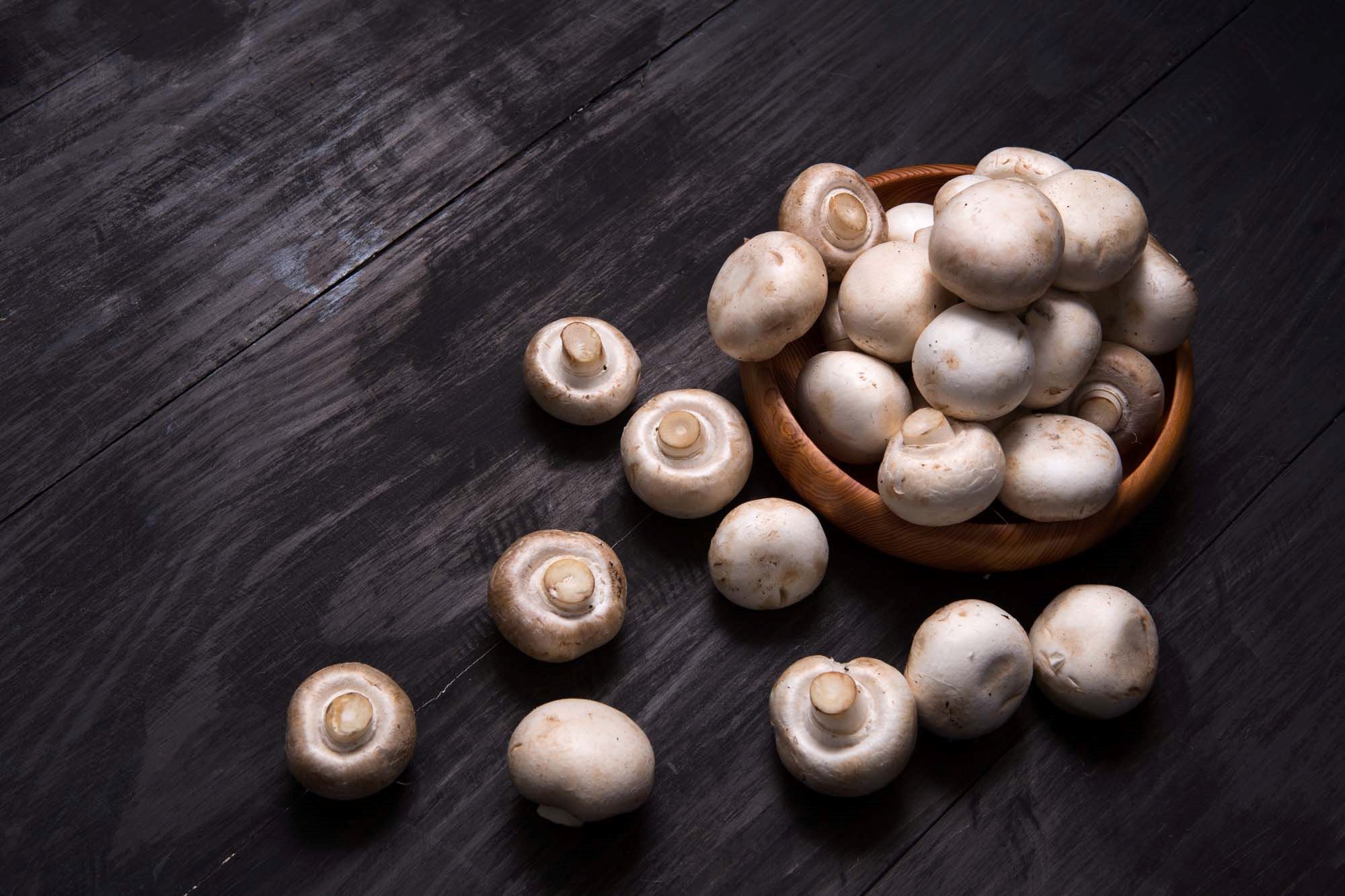
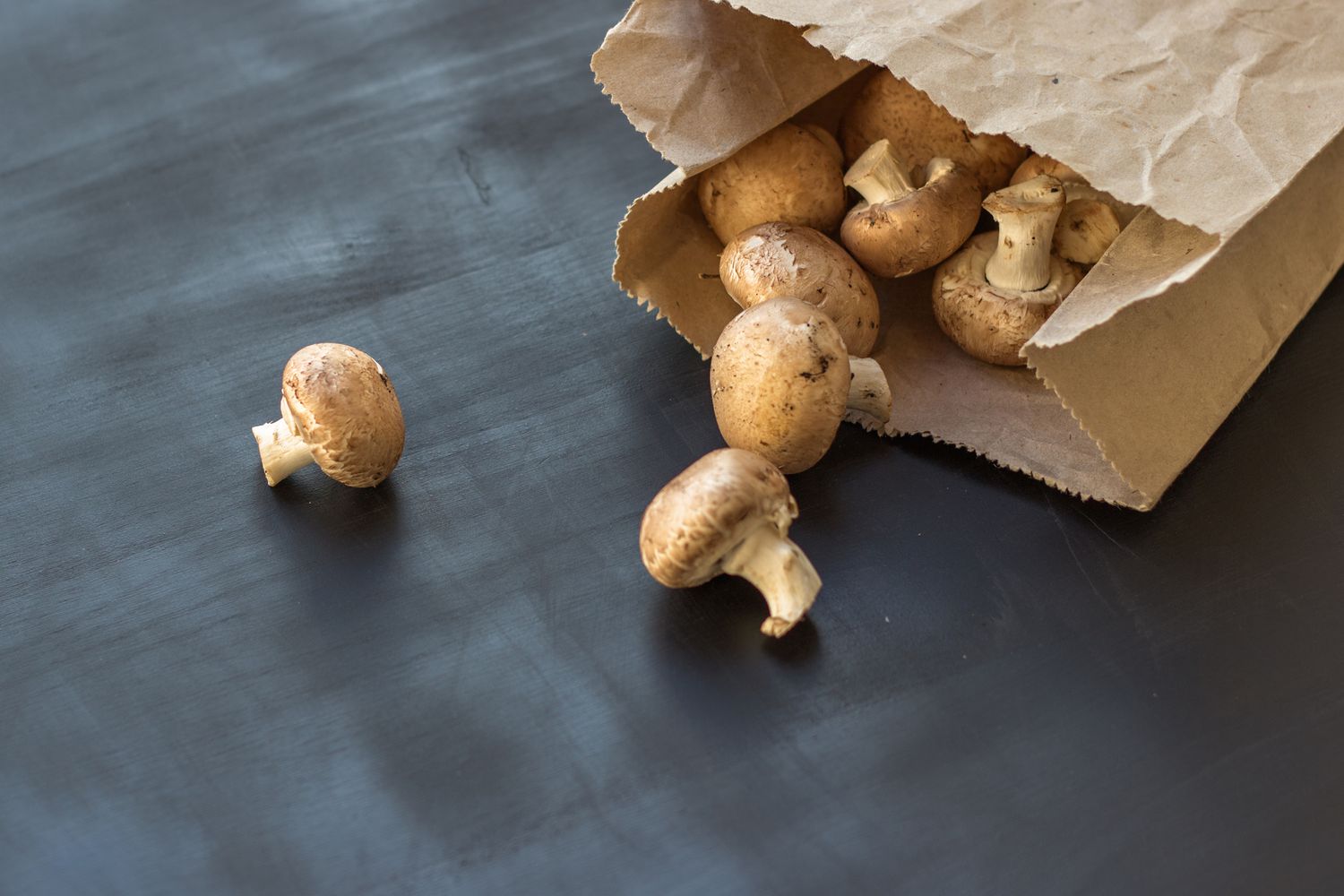
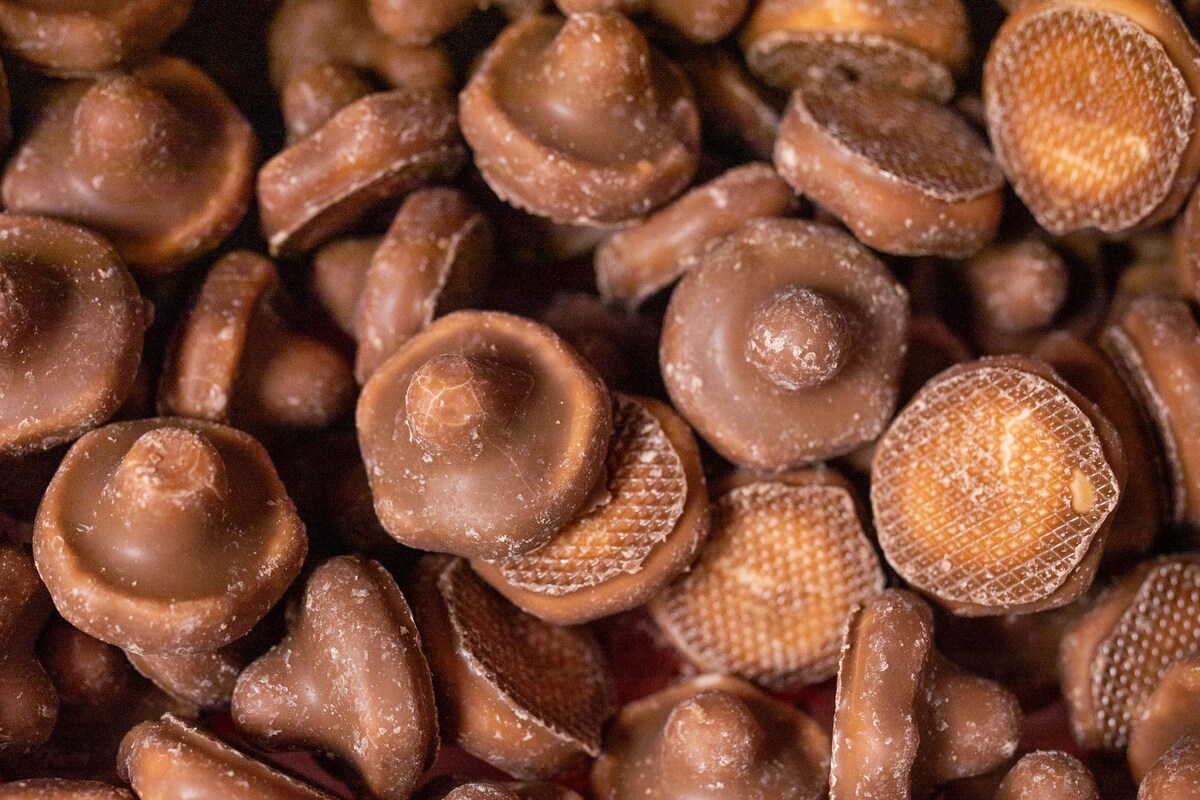
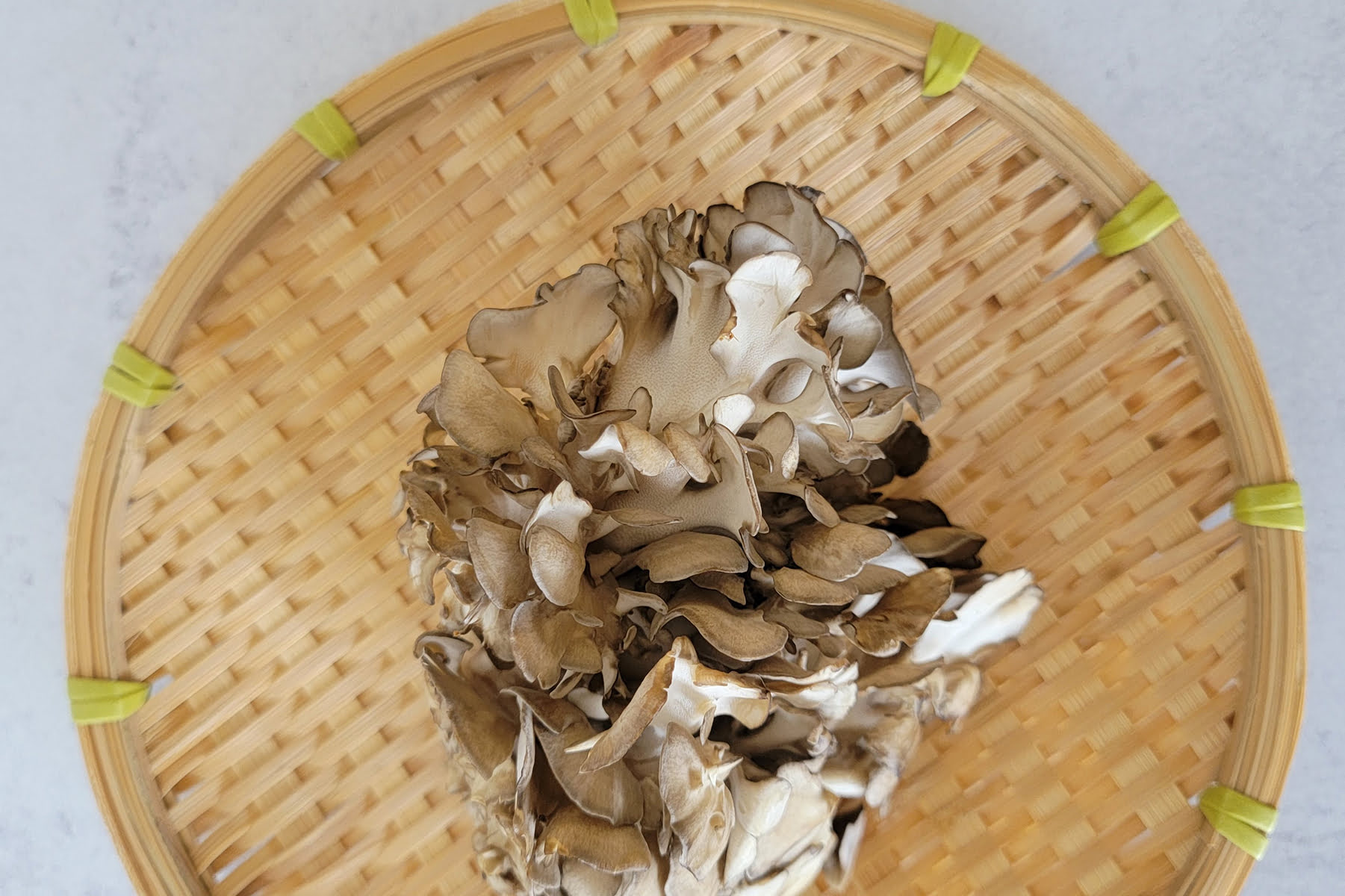
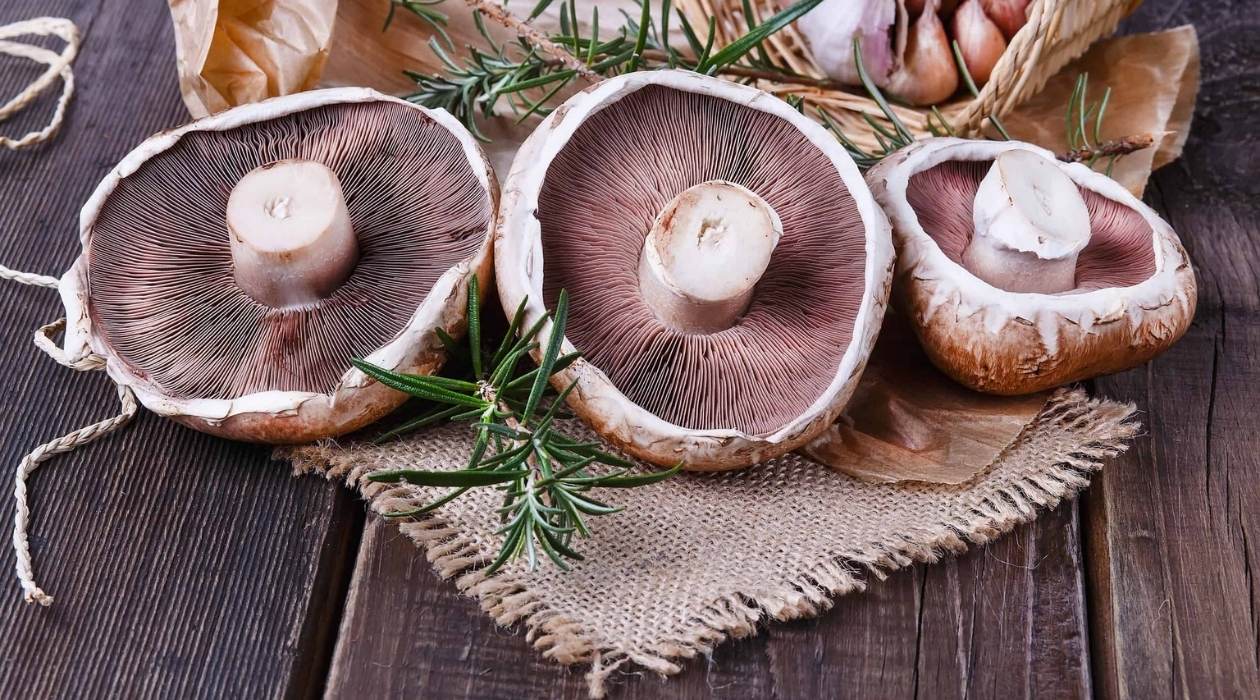
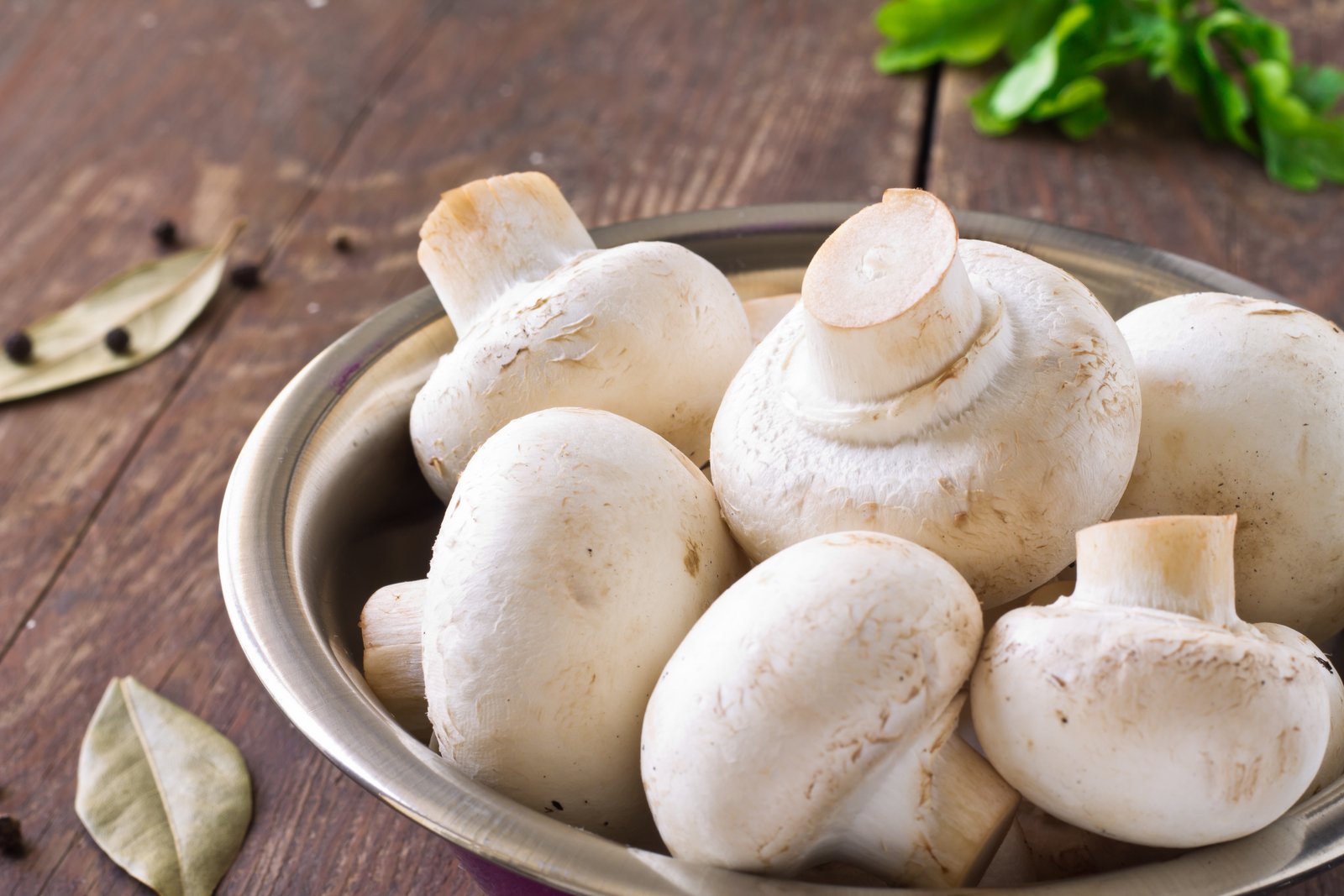
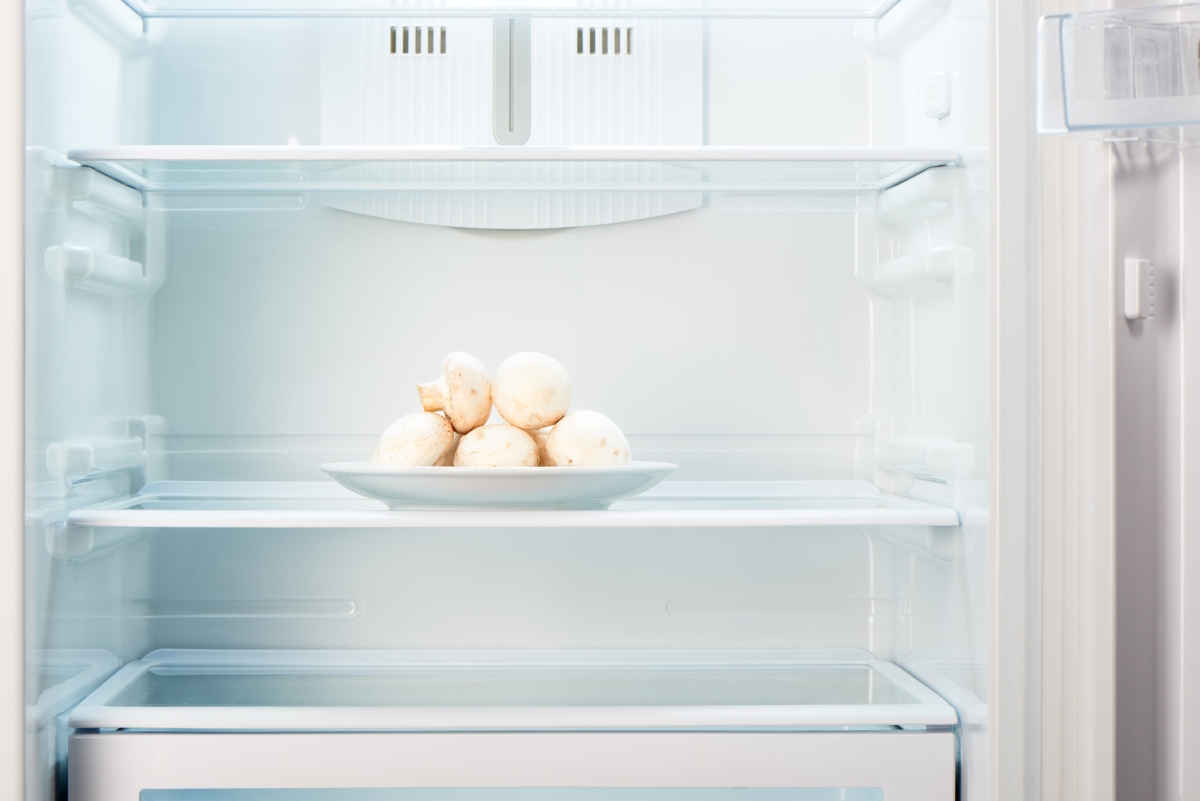
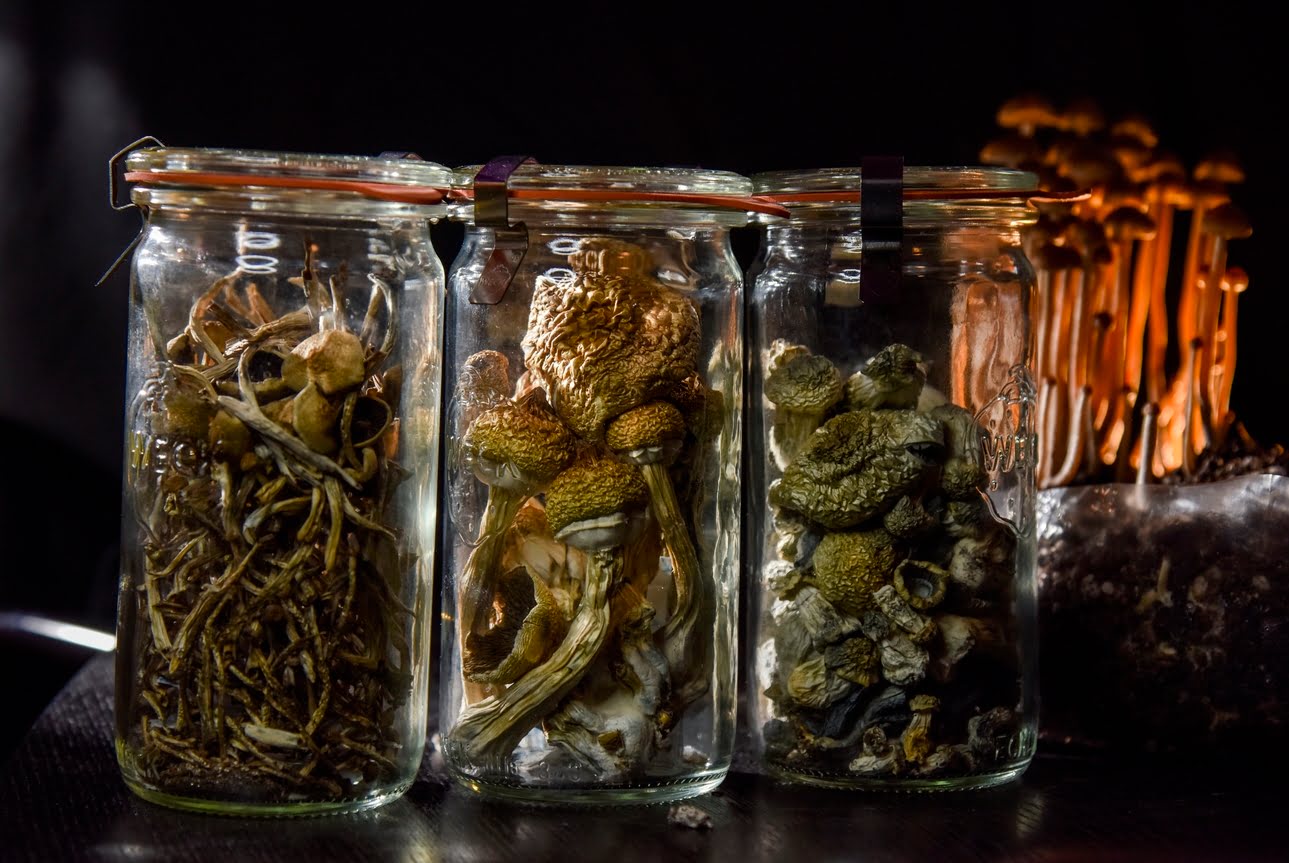
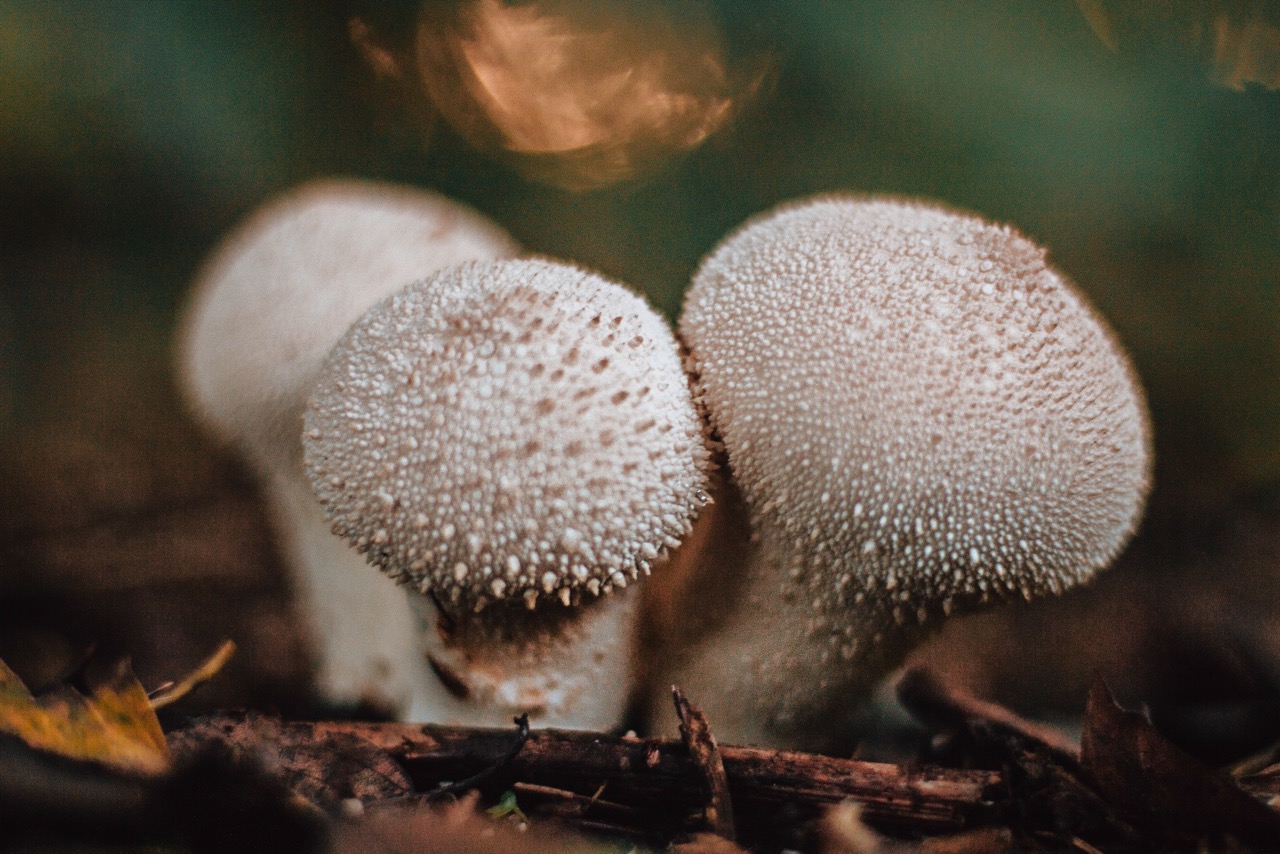
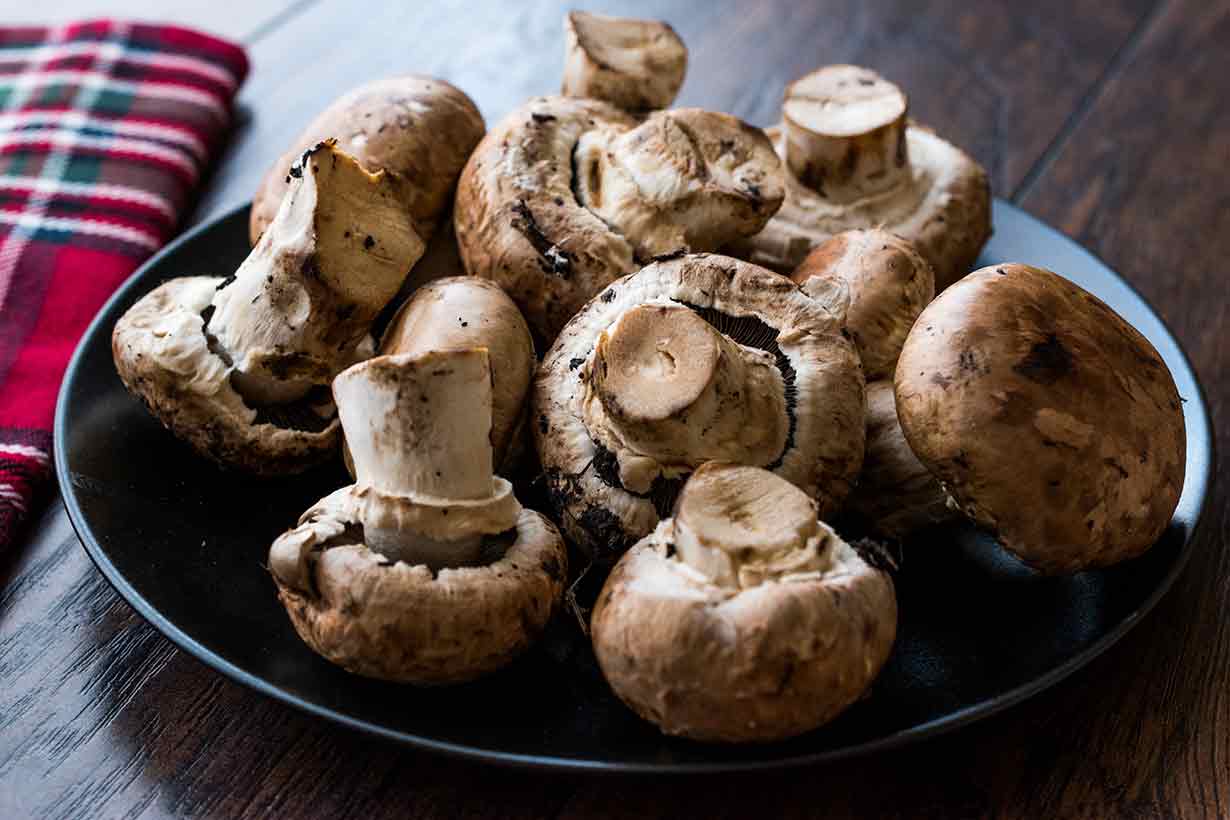
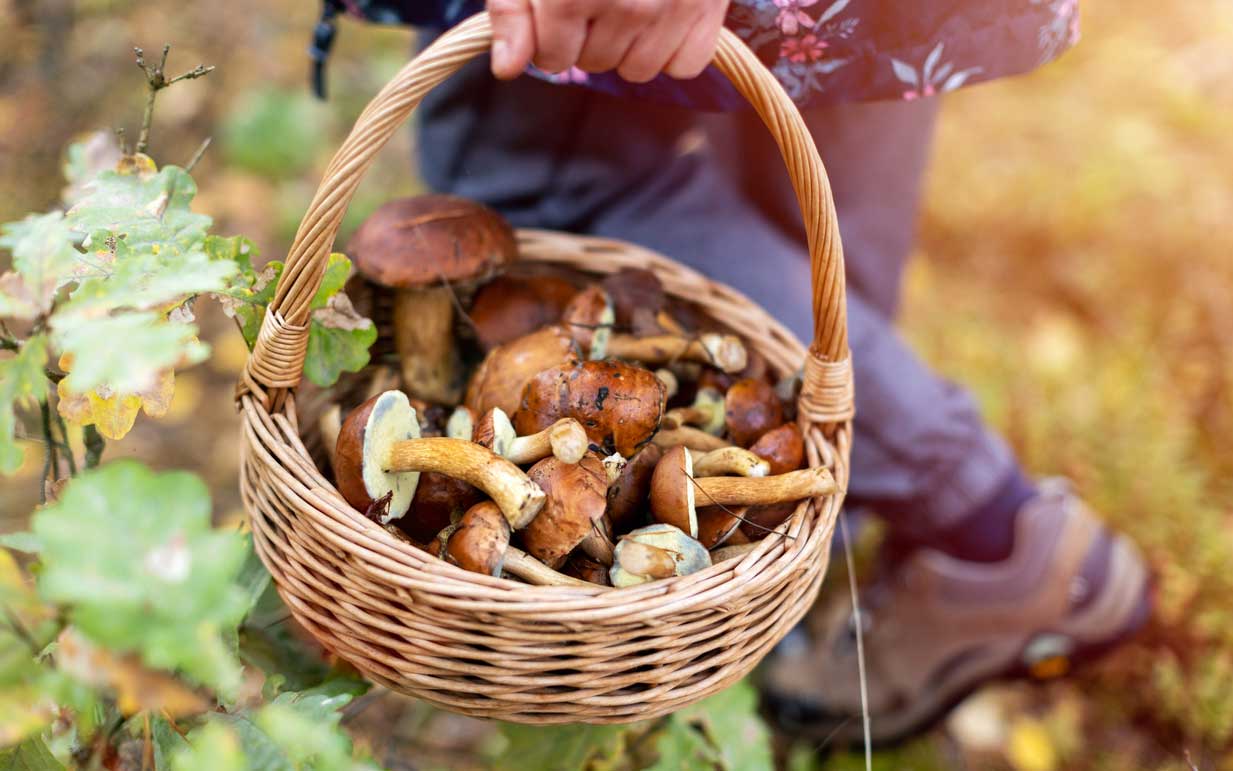
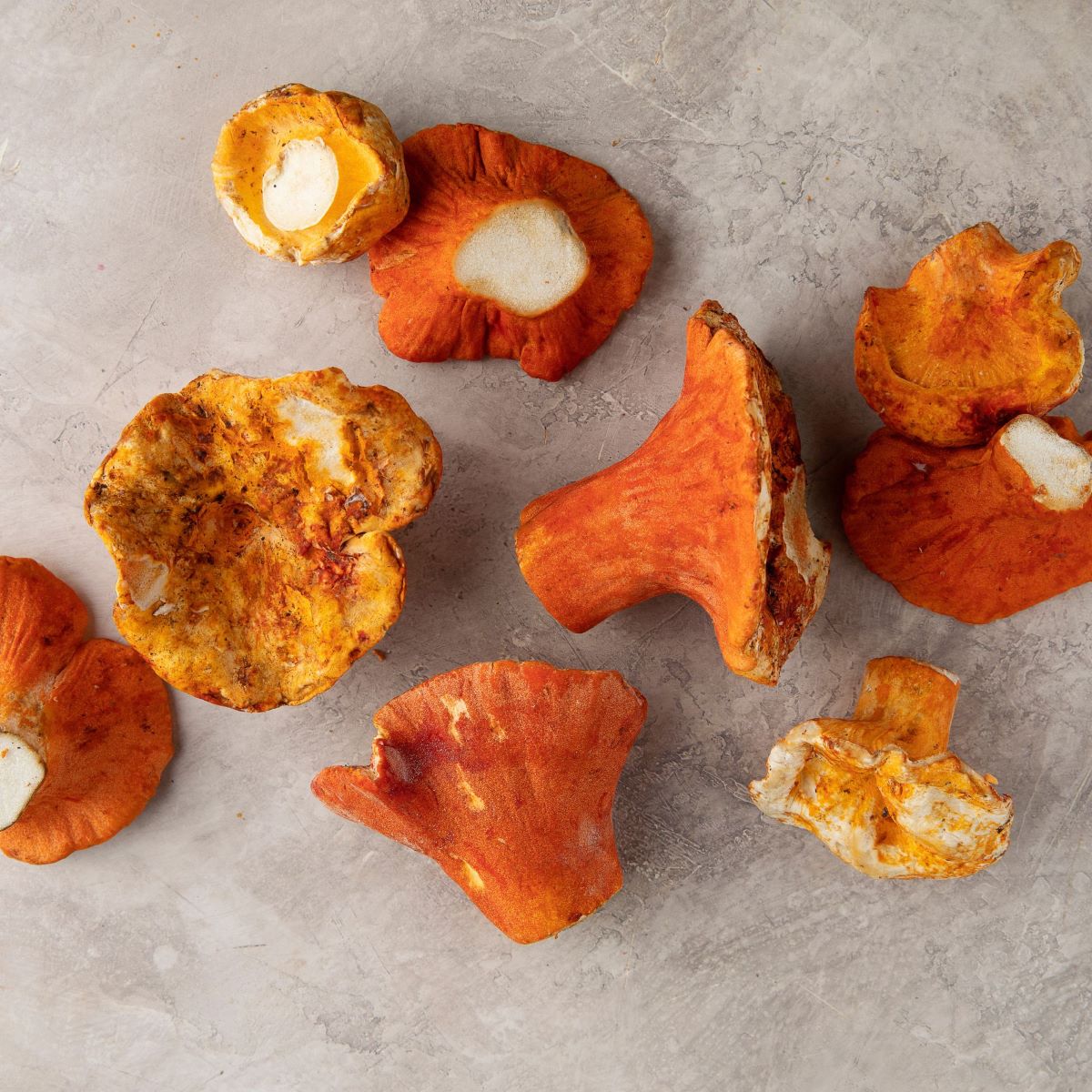

0 thoughts on “How To Store Enoki Mushrooms”